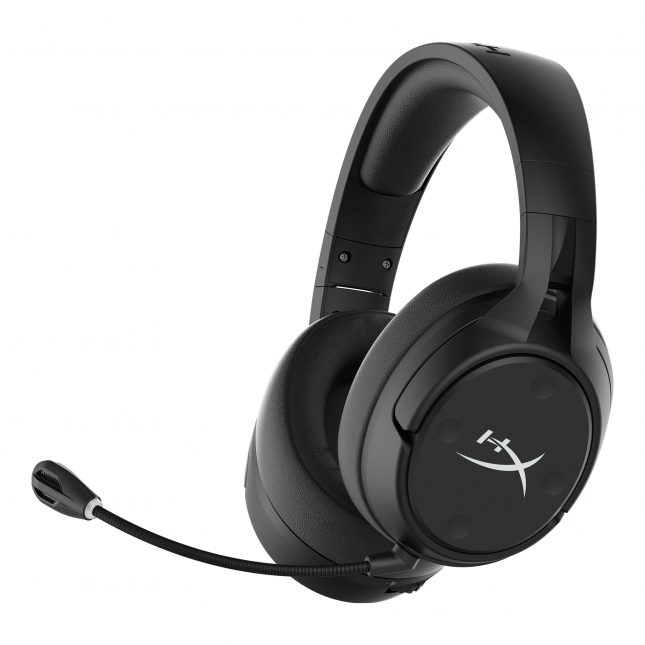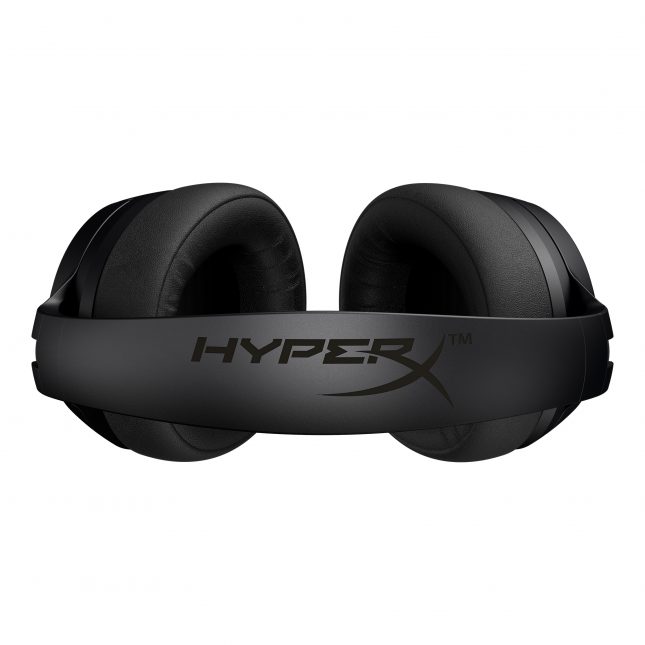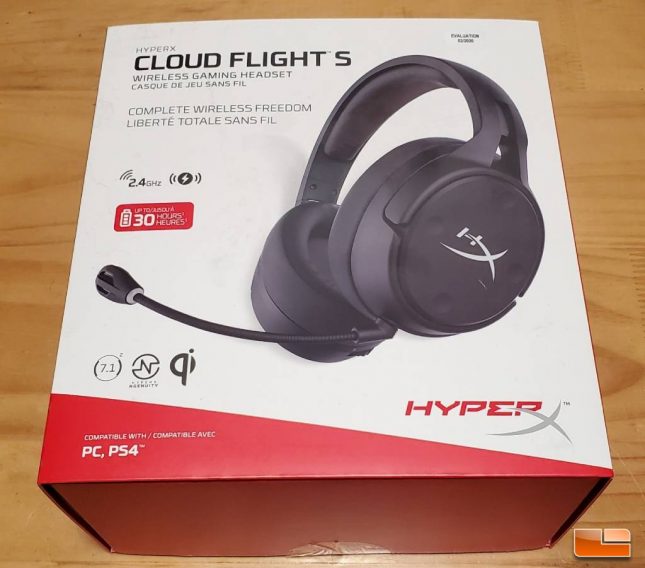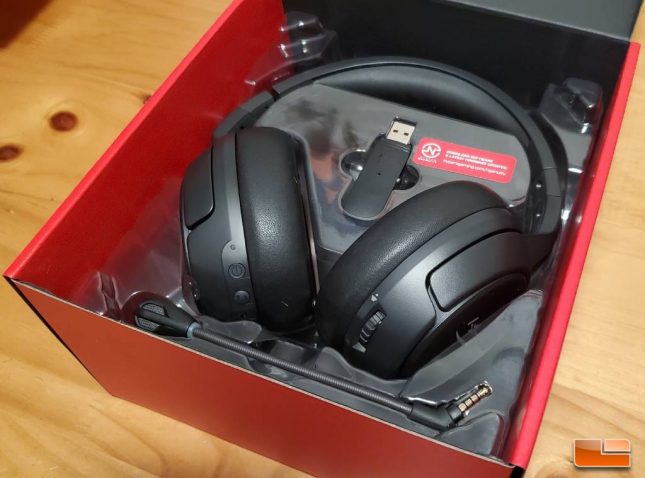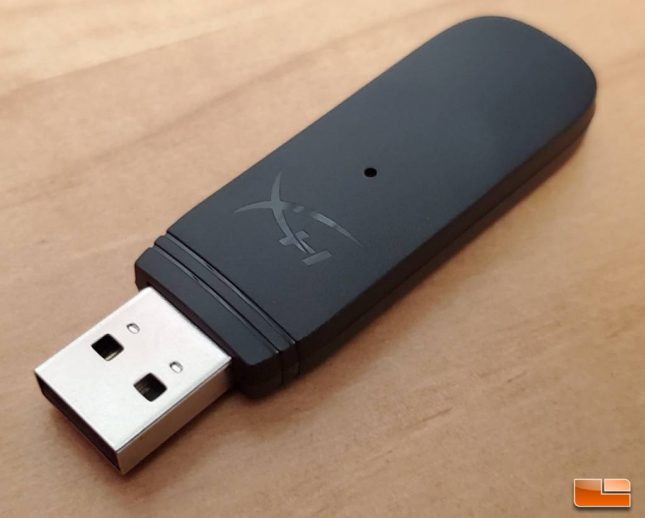HyperX Cloud Flight S Wireless Gaming Headset Review
HyperX Cloud Flight S Wireless 7.1 Surround Sound Gaming Headset
Over the past few years I’ve had the opportunity to review a bevy of gaming headsets and while several have earned my recommendation, various HyperX headsets have been my go to recommendation to most of our readers. HyperX earned their solid reputation in gaming headsets when they released their original Cloud. Unlike other gaming headsets at the time, chunky and aggressively designed, HyperX sourced a set of Takstar Pro80 studio headphones for the original Cloud headset. The result was a durable, comfortable gaming headset that actually sounded balanced.
Since the release of the original Cloud, HyperX have continued to expand and refine their lineup. HyperX was actually late to the party in January of 2019 when it came to producing their first wireless headset, the Cloud Flight. The Cloud Flight ended up being my favorite gaming headset to date, as they were simple, comfortable and offered great all around sound with decent microphone quality. While the Flight is still a solid headset, HyperX has taken it to the next level with the release of their Cloud Flight S. Bringing features that were omitted from the original Flight, such as 7.1 surround and sidetone adjustment, along with some design changes and slight alteration of the sound signature, the Cloud Flight S look to continue the tradition of HyperX making comfortable, good sounding, well-built gaming headsets.
Perhaps the most interesting feature of the new HyperX Cloud Flight S is that they allow for Qi charging through the left ear cup. I am a huge proponent of wireless charging, so seeing more peripherals adopt it is nice, as I certainly will take advantage of the feature. I do have to question how many people are interested in Qi charging on a headset, though, as it is still a niche technology and requires the purchase of a compatible Qi charger. Of course, HyperX makes their own Qi charging station, a very attractive dual-charging model known as the ChargePlay Base.
HyperX Cloud Flight S Specifications
| Headphone | |
|---|---|
| Driver | Dynamic, 50mm with neodymium magnets |
| Type | Circumaural, Closed back |
| Frequency response | 10Hz20kHz |
| Impedance | 32 |
| Sound pressure level | 99.5dBSPL/mW at 1kHz |
| T.H.D. | < 1% |
| Weight | 310g |
| Weight with mic | 320g |
| Cable length and type | USB charge cable (1m) |
|
Microphone |
|
| Element | Electret condenser microphone |
| Polar pattern | Bi-directional, Noise-cancelling |
| Frequency response | 50Hz-18kHz |
| Sensitivity | -40.5dBV (1V/Pa at 1kHz) |
| Battery life1 | 30 hours |
| Wireless Range4 | 2.4 GHz Up to 20 meters |
The HyperX Cloud Flight S offers a wider frequency response than it’s predecessor, ranging from an extremely low 10Hz up to an industry-typical 20,000Hz. A wider frequency response doesn’t necessarily indicate better sound, but it does indicate that the driver is capable of handling a wider range of frequencies and should be less prone to breaking up.
While the original HyperX Cloud Flight wireless headset was capable of being used as in wired mode over a 3.5mm cable, this feature has sadly been omitted from the Cloud Flight S. This is unfortunate, as the original Cloud Flight could be used on the go. The Cloud Flight S can’t be used outside of wireless mode and I think that is an oversight by HyperX, though I am not sure how many users will see this is a reason to avoid the headset, as its primary function is gaming.
HyperX has omitted LED’s from the Cloud Flight S, which is something I appreciate, as I’ve never seen the purpose of RGB on gaming headsets and they are major battery drainers. The Cloud Flight S offers 30 hours of use from a single charge, which is quite impressive. For comparison, I currently get around eight hours of use out of my Cloud Flights with the LED on solid red mode, which is pretty good considering they are now two years old and the battery has certainly seen some degradation.
HyperX Cloud Flight S – Packaging
The HyperX Cloud Flight S is packaged in a white box with red accents and a large picture of the headset on the front of the box. Large graphics noting the battery life and Qi charging capability of the Cloud Flight S, clearly important selling features of the headset, are featured on the front of the box. HyperX tends to do a really good job on packaging, keeping a minimal yet sensible approach that will appeal to consumers.
Opening up the box reveals a plastic clamshell that the headset snugly rests in, sitting under a top plastic cover with the manual set on top. The Cloud Flight S is protected very well within its packaging and I expect it to be able to be shipped worldwide without issue. Within the clamshell, we find the microphone and USB adapter both secured within their own custom cutouts, allowing easy access to the most important components as soon as the consumer opens the box.
The wireless dongle for the HyperX Cloud S is standard when compared to many current generations headsets. When compared to the latest offerings from Corsair and SteelSeries, the HyperX Cloud Flight S wireless dongle is definitely on the larger side and I think HyperX could work to make it more compact in future releases.
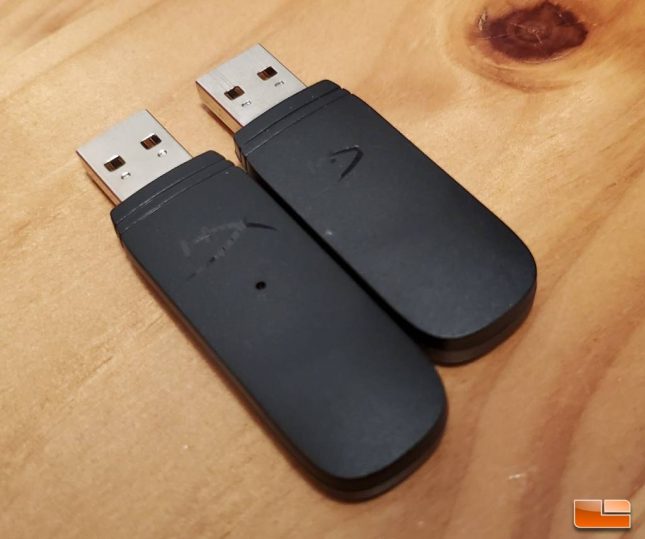 The USB wireless receiver included with the Cloud Flight S (left) is slightly larger than the one included with the original Cloud Flight.
The USB wireless receiver included with the Cloud Flight S (left) is slightly larger than the one included with the original Cloud Flight.
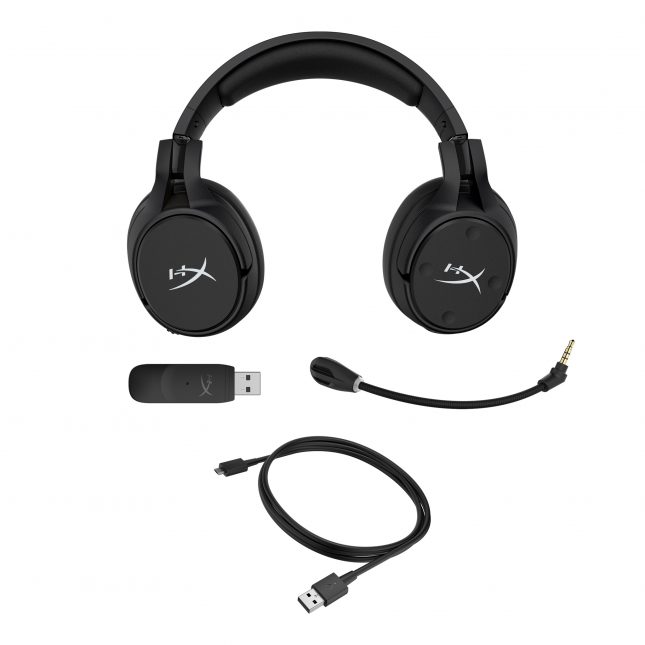 HyperX also includes a USB cable for charging the Cloud Flight S and it is the same type of cable we saw on the original Cloud Flight, with the HyperX logo present.
HyperX also includes a USB cable for charging the Cloud Flight S and it is the same type of cable we saw on the original Cloud Flight, with the HyperX logo present.
Let’s take a closer look at the Cloud Flight S on the next page.

